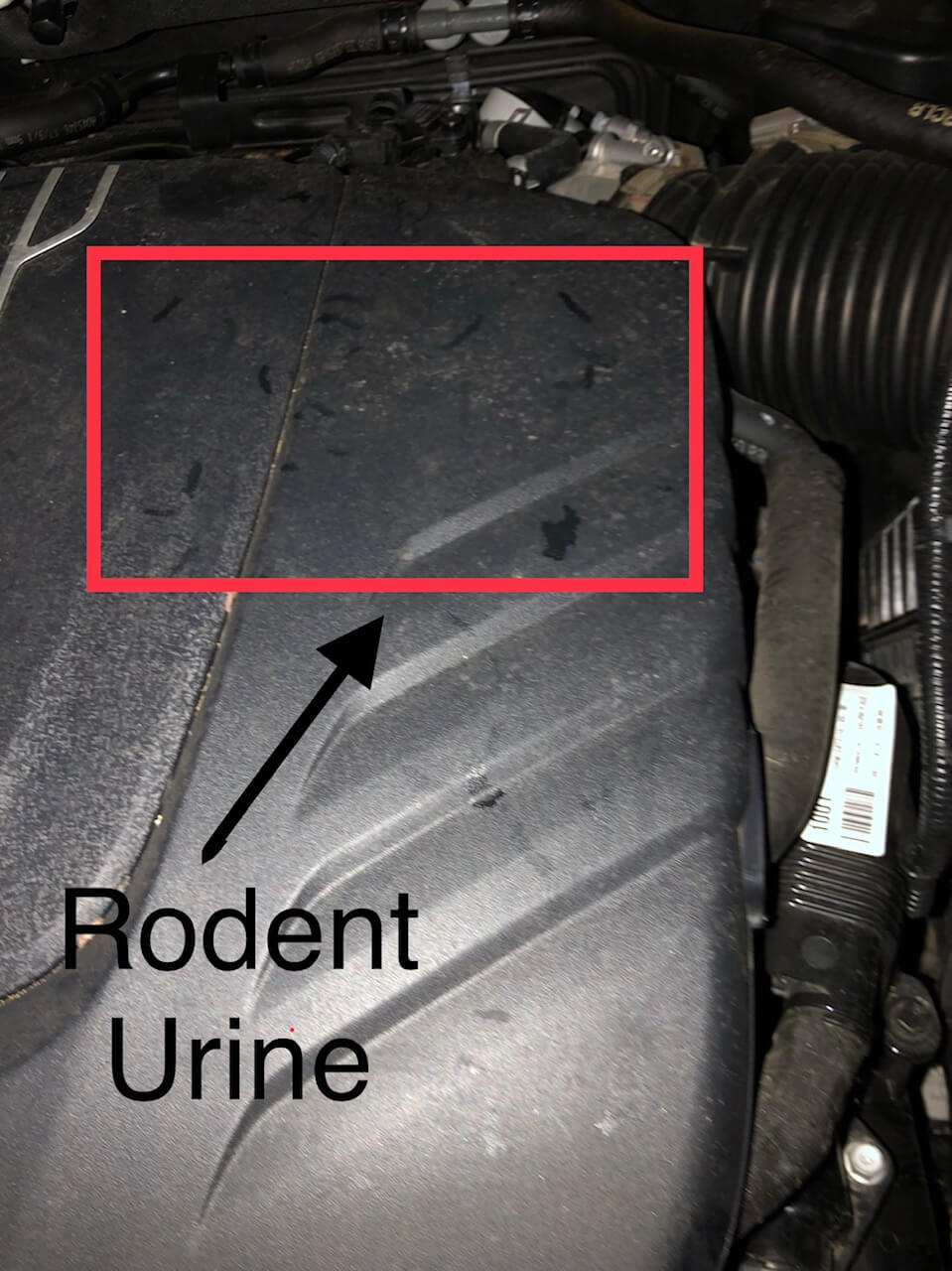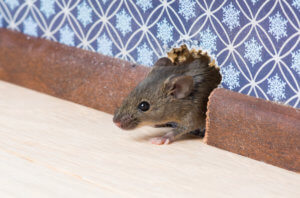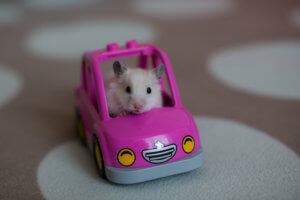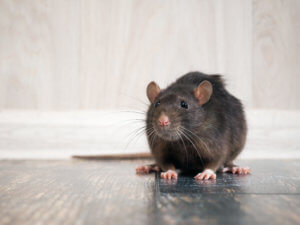
As it has been a few years since I published “Does your car have soy based wiring?“, it is certainly time to provide some updates on the lawsuits that were mentioned in the article.
Back in February 2017, there were 6 class action lawsuits that had been filed against multiple different car manufacturers. These lawsuits claimed that the usage of soy based wiring (i.e. wiring that has a soy-based plastic coating covering the wires) is attracting rodents to chew on these wires and therefore, the car manufacturers should cover any damage to these wires by rodents under warranty.
Let’s take a look at where each of these lawsuits are now.
- Albert Heber vs. Toyota Motor Sales, USA, Inc. – Dismissed
- Janice Toler vs. Toyota Motor Corporation & Toyota Motor Sales, USA, Inc. –Dismissed
- Daniel Dobbs et al. v. American Honda Motor Co. Inc., – Voluntary Dismissal
- Tsvetelin Tsonev v. Kia Motors America Inc. – Dismissed
- Darla Campbell, Tristin Hibler, and Michael Leppert, et. al., v. Kia Motors America, Inc. – Dismissed
- Michelle Martinez v. Hyundai Motor America, Inc. – Voluntary Dismissal
Welp, to be honest.. I’m not that surprised. Rodents getting into cars and chewing on wires has been a problem going back decades (i.e. many years prior to soy based wiring entering the scene). So, I could see how it could be difficult in the courts to prove that soy based wiring has increased the problem.
Whatever the case may be, all this means for us unlucky folk who have been attacked by the rodents is that the car manufacturers aren’t going to do jack for us and WE need to take matters into our own hands.
If you are currently dealing with rats or mice getting into the engine compartment of your car here is exactly what you need to do to resolve this problem.
Exactly How To Prevent Rats & Mice From Eating Your Car Wires
What you will need:
- Tomcat Rat Snap Traps (6 traps per car) – For Rats
- Tomcat Press ‘N Set Mouse Traps (6 traps per car) – For Mice
- Rodent Defense (i.e. peppermint oil spray)
- Bright Light (4 Flashlights or 1 Shop Light)
- Optional: Fake Owl
Step 1: Leave Your Hood Up At Night
At the first sign of damage or rodent droppings in the engine compartment, it is essential to leave your hood up at night. You should do this for the first 1-2 weeks every night and then 2-3 times a week once you feel comfortable that there are no more rodents visiting your car. This essentially eliminates the engine compartment as a potential nesting grounds by taking away the warmth, allowing more moisture to enter, and exposing it to more light.
Step 2: Place Tomcat Rat Snap Traps (For Rats) or Tomcat Press ‘N Set Mouse Traps (For Mice) on the Tread of the Front 2 Tires
You will need 6 snap traps total and 3 will be placed at specific locations on the tread of the front 2 tires. Here is video to show exactly where to place the snap traps.
When rodents enter the car, they climb up the tread of the tires so this essentially will block off the entrance to the car. I use the Tomcat Rat Snap Traps and the Tomcat Press ‘N Set Mouse Traps because they are super easy to set (i.e. I don’t feel like I am going to lose a finger when I set them), their design makes it almost impossible for a rodent to take the bait without setting off the trap, and they get the job done!
Step 3: Spray Rodent Defense into the Engine Compartment
In the first 1-2 weeks, spray the engine compartment 3-4 times a week and then reduce to 2-3 times week once you haven’t noticed any new signs of rodents. Rodent Defense is an all natural peppermint spray that was specifically created to deter rodents from chewing on the wires in cars. The purpose of the spray is to confuse the rodent on the safety of the engine compartment by making it more difficult to detect the scent of their urine. As mentioned above in the enemy profile, rodents use urine as a way to mark paths, locations, food, etc., as safe.
Step 4: Shine Bright Lights on the Tread of the Front Two Tires
As mentioned in the enemy profile, rodents always prefer to stay concealed and hate being in the light. The goal of this solution is to deter the rodent from climbing up the tread of the tires by forcing it to walk through a spotlight to get into the car. It would be best if you laid out 4 flashlights on the ground level and shined them on the front and backs of the tread (i.e. essentially you would shine them on the snap traps that are at the bases of the tread). Alternatively, you could take a shop light and shine that under the car at night.
(Optional) Step 5: Place Fake Owl on the Ground Near the Car
This is more the cherry on top, but I have always used a fake owl in my lineup. You can just place it at ground level and move to a different spot every few days. To be honest, it’s effectiveness is unknown, but it makes me feel more comfortable.”
I am certainly available if anyone has any questions or comments. Please drop a note below or visit the Contact Us page.
I hope that you have found this article to be helpful! Thank you!!
Rat King Dave
This page contains Amazon Affiliate links. I will receive a commission for any purchases made through these links, though at no additional cost to you.






I have a 2021 Toyota Rav 4 which has major damage due to rats including all the wiring, interior both front and back, all the harnesses, air conditioning and all other filters. The cost to replace everything has already surpassed 12,000.00. I took my car into Toyota Novemer 2, 2022 and I I still do not have it back. One problem after another, parts are not being received or more damage has been found. I was told parts were being overnighted and they still don’t have them. I am afraid that when I do finally get my car back, it will just happen again as I live on a hill in the desert where a lot of other people are having the same problem. I will be afraid to drive the car when I do get it back as on the way to the dealership all my warning lights came on. Any suggestions?
Hi Danelle! I’m so sorry for just now getting back to you and I hope you have fully resolved this issue by now. I took a leave as Rat King, but am now ready to retake the throne! Dayum, looks like they got your car pretty good, ugh. Sounds like you live in an area that poses high risk to rodent damage so preventative measures are a must. My worry is that once you have your car fixed that the rodent come back for round 2. If you haven’t been doing so already, it is very important that you check under your hood often for signs of rodents (i.e. new droppings, new chew marks, random leaves/nesting materials, rodent urine – that would show up under a black light). As soon as you spot any signs of rodents, leave your hood up at night, and place rat traps at the bases of the tread of your front two tires. I would also spray a rodent deterrent spray such as Grandpa Gus’s Double-Potent Rodent Repellent Spray. After about a week or so with no new signs of rodents in the engine compartment, you should be good to leave the hood back down and remove the traps. If everyone seems to be having the same issue on your hill, I would highly consider getting an Owl box. If you can manage to attract owls to your hill, they will clean up that entire area as they eat 2-3 rodents a night. And to answer you question, I personally wouldn’t be afraid to drive the car once it is fixed, but I guess that just depends on whether you trust the mechanic. I hope that this is helpful info, please feel free to respond to this and let me know if this has been resolve or if you are still dealing with the rodents. Happy to answer more questions for you as well. Thank you! RKD
I use twenty-gage shotgun repellent. No half measures! I have shot over 200 yard rats (aka squirrels) in the last two years on my property alone. It seems to be a 100% effective solution and it is my goal to put them on the endangered species list. If Peta has an issue with this, they need to take it up with the tree-huggers that coerced the auto industry into making rodent food out of our vehicles.
Hi Cliff! I apologize for the delay in my response, but holy cr*p, what a shot! That is certainly one way to take care of things. Honestly, I’m most surprised that the insurance companies haven’t taken a stand yet. I’m sure they are loosing buckets of money on rodent damage claims. At some point something’s gotta give, and gonna be interesting to see how this all plays out. Until next time, at ease soldier! RKD
Hello,
Thank you for this information.
Do you happen to know if rabbits, chipmunks and squirrels eat car wiring?
Also, do you know of a lawsuit against Mercedes-Benz regarding soy based wiring?
Hi Pat! Sorry for the large delay in my response. Rabbits and Squirrels commonly chew on cars, but not so much chipmunks. i have not heard of a lawsuit against Mercedes. If you need help with protecting your car against rabbits or squirrels I have posted a few article on that in the blog section. Here is a link to the article about rabbits:
https://www.howtopreventratsfromeatingcarwires.com/2017/05/31/how-to-prevent-rabbits-from-eating-car-wires/
And Squirrels:
https://www.howtopreventratsfromeatingcarwires.com/2017/03/21/prevent-squirrels-eating-car-wires/
Hope this helps! RKD
I had the same problem and it cost me $25k in damage. The only effective solution to keeping rodents out is http://www.getcoverseal.com. Blocks the little critters out.
Hi Ken, Thanks for your comment although it does come off a bit “sales-ey”. I checked into the product you recommend and honestly, I’m highly skeptical. The main reason that rodents go into the engine compartments of cars is for shelter and a car cover is only going to provide MORE shelter. And rodents can chew through copper, so what would stop them from chewing through a fabric? If anyone else has tried this product with success, please let us know. For the time being I will not be recommending this product as a solution. RKD